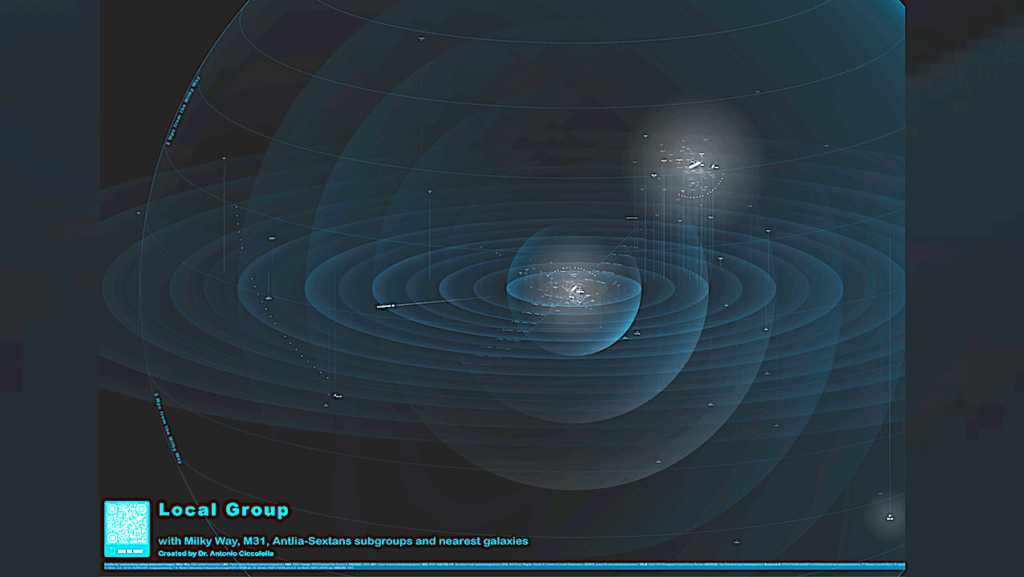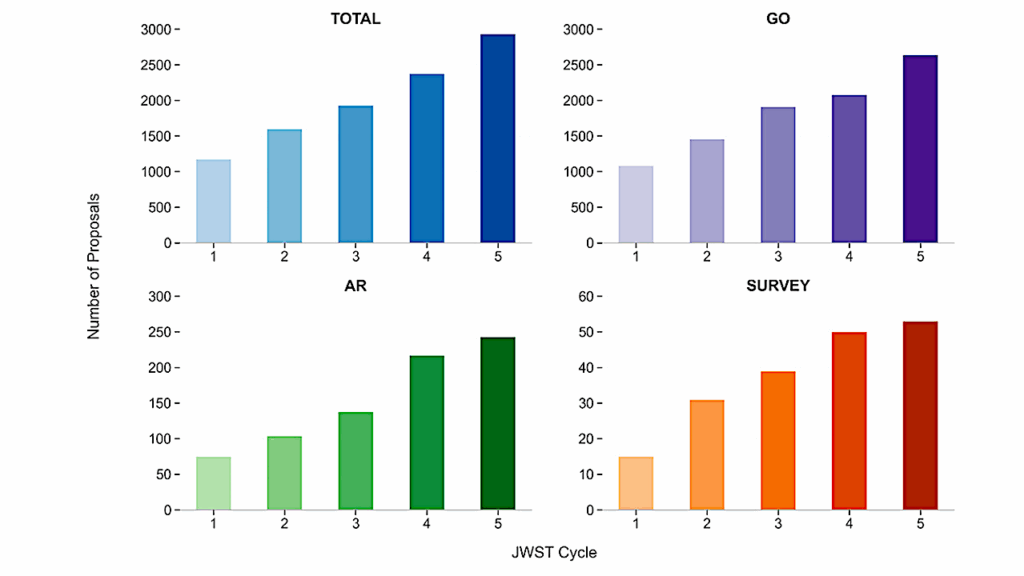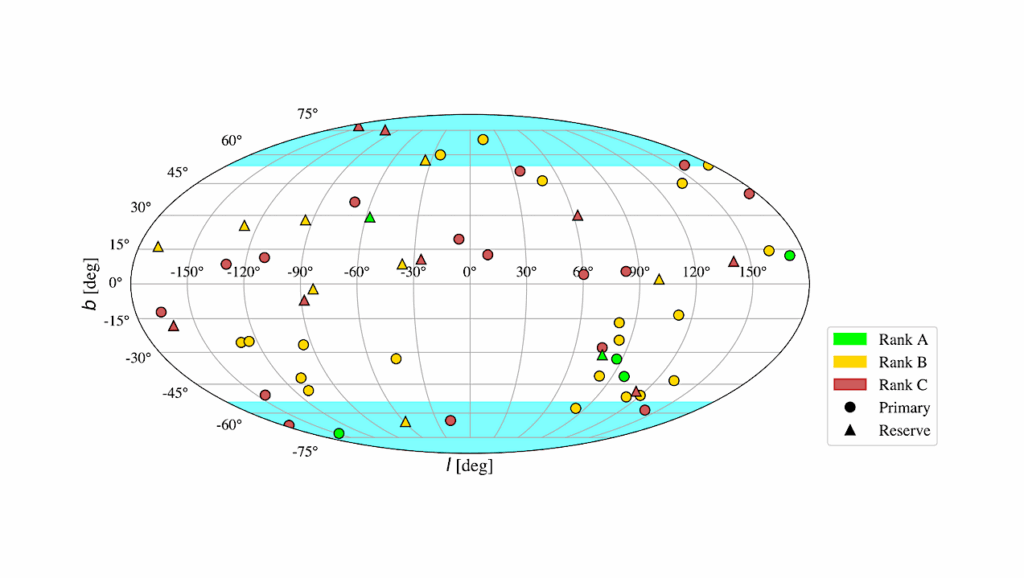Doppler Constraints on Planetary Companions to Nearby Sun-like Stars: An Archival Radial Velocity Survey of Southern Targets for Proposed NASA Direct Imaging Missions

Directly imaging temperate rocky planets orbiting nearby, Sun-like stars with a 6-m-class IR/O/UV space telescope, recently dubbed the Habitable Worlds Observatory, is a high priority goal of the Astro2020 Decadal Survey. To prepare for future direct imaging surveys, the list of potential targets should be thoroughly vetted to maximize efficiency and scientific yield.
We present an analysis of archival radial velocity data for southern stars from the NASA/NSF Extreme Precision Radial Velocity Working Group’s list of high priority target stars for future direct imaging missions (drawn from the HabEx, LUVOIR, and Starshade studies).
For each star, we constrain the region of companion mass and period parameter space we are already sensitive to based on the observational baseline, sampling, and precision of the archival RV data. Additionally, for some of the targets we report new estimates of magnetic activity cycle periods, rotation periods, improved orbital parameters for previously known exoplanets, and new candidate planet signals that require further vetting or observations to confirm.
Our results show that for many of these stars we are not yet sensitive to even Saturn-mass planets in the habitable zone, let alone smaller planets, highlighting the need for future EPRV vetting efforts before the launch of a direct imaging mission. We present evidence that the candidate temperate super-Earth exoplanet HD 85512 b is most likely due to the star’s rotation, and report an RV acceleration for delta Pav which supports the existence of a distant giant planet previously inferred from astrometry.
Katherine Laliotis, Jennifer A. Burt, Eric E. Mamajek, Zhexing Li, Volker Perdelwitz, Jinglin Zhao, R. Paul Butler, Bradford Holden, Lee Rosenthal, B. J. Fulton, Fabo Feng, Stephen R. Kane, Jeremy Bailey, Brad Carter, Jeffrey D. Crane, Elise Furlan, Crystal L. Gnilka, Steve B. Howell, Gregory Laughlin, Stephen A. Shectman, Johanna K. Teske, C. G. Tinney, Steven S. Vogt, Sharon Xuesong Wang, Robert A. Wittenmyer
Comments: 58 pages, 11 figures, 4 figure sets to be included in the online journal Accepted for publication in AJ
Subjects: Earth and Planetary Astrophysics (astro-ph.EP)
Cite as: arXiv:2302.10310 [astro-ph.EP] (or arXiv:2302.10310v1 [astro-ph.EP] for this version)
https://doi.org/10.48550/arXiv.2302.10310
Focus to learn more
Submission history
From: Katherine Laliotis
[v1] Mon, 20 Feb 2023 20:53:52 UTC (6,583 KB)
https://arxiv.org/abs/2302.10310
Astrobiology








